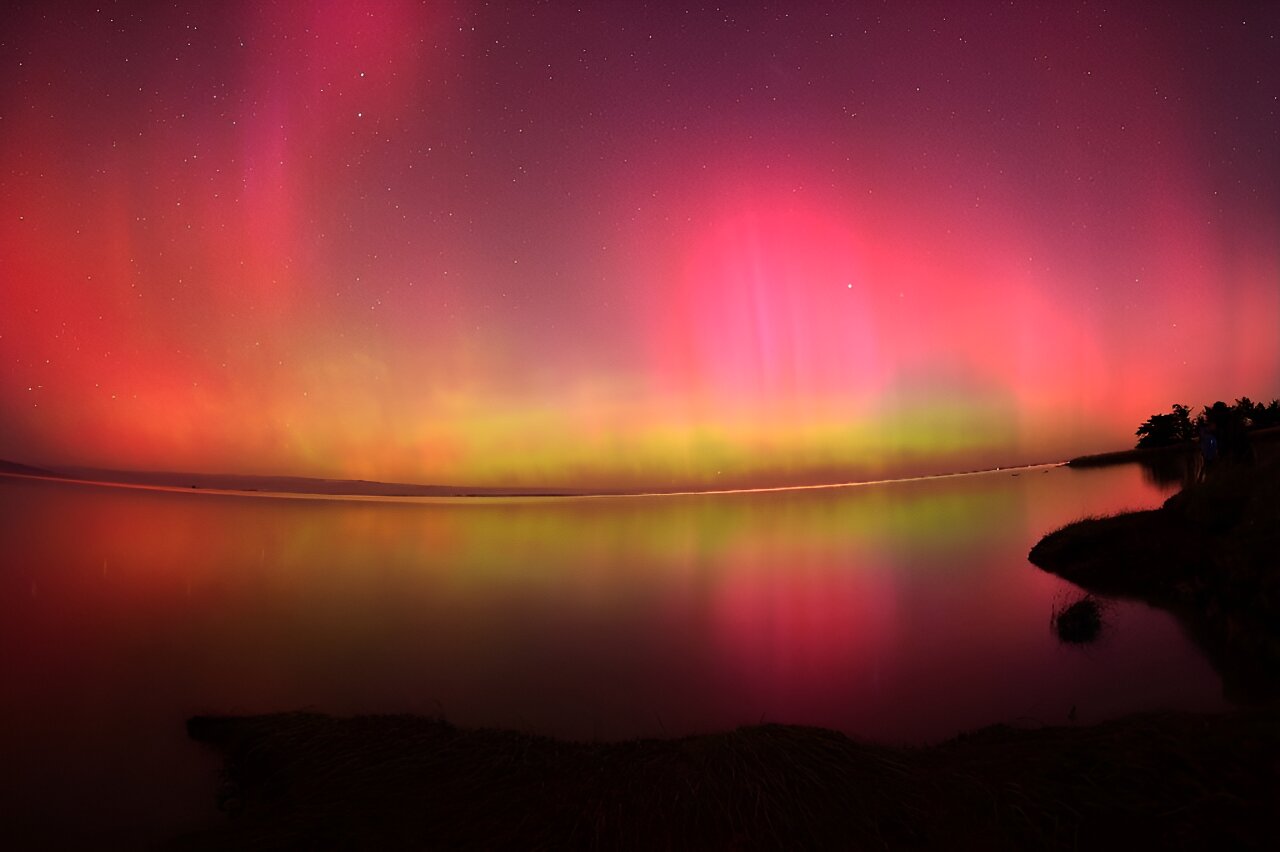
A future space observatory could use exo-eclipses to tease out exomoon populations.
If you’re like us, you’re still coming down from the celestial euphoria that was last month’s total solar eclipse. The spectacle of the moon blocking out the sun has also provided astronomers with unique scientific opportunities in the past, from the discovery of helium to proof for general relativity. Now, eclipses in remote exoplanetary systems could aid in the hunt for elusive exomoons.
A recent study out of the University of Michigan in partnership with Johns Hopkins APL and the Department of Physics and the Kavli Institute for Astrophysics and Space Research at th...
Read More








Recent Comments